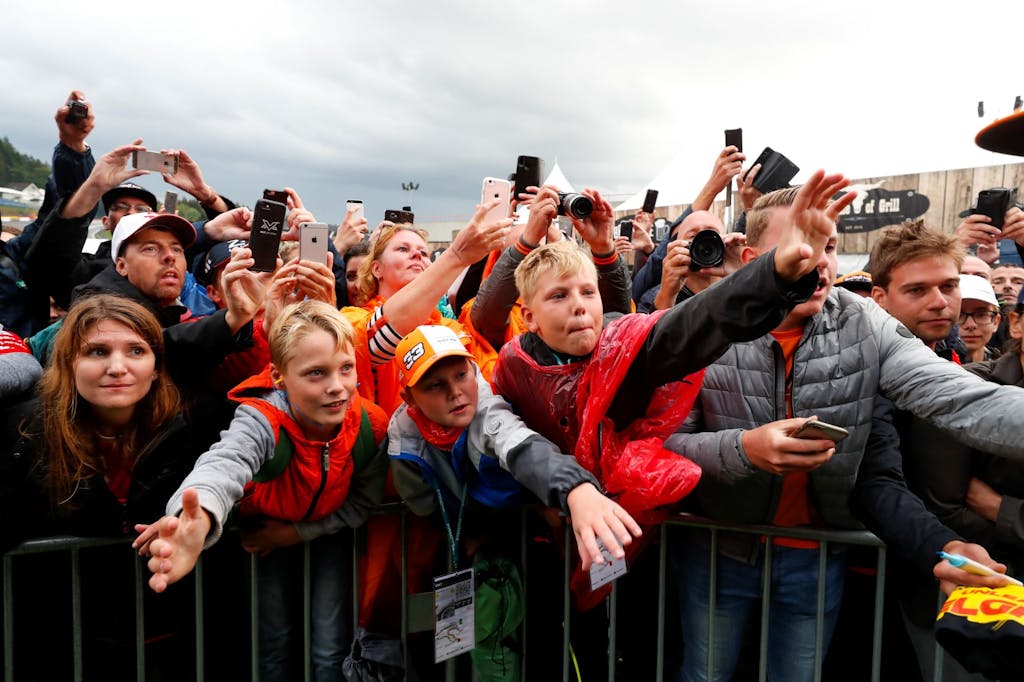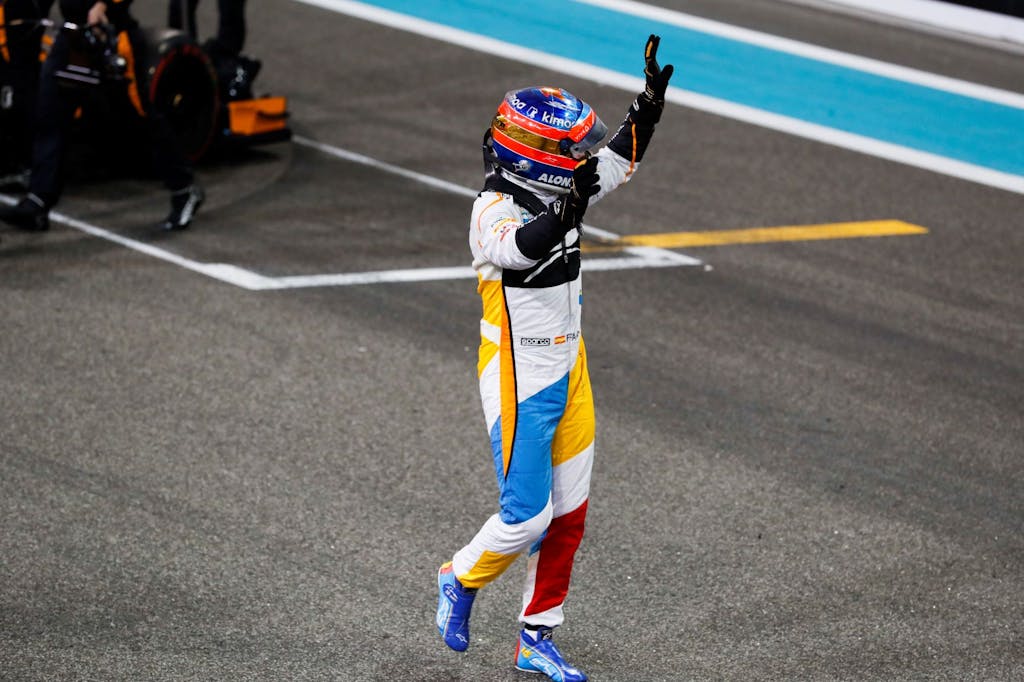What were the top three things Formula One got right in 2018?
Focus on the fans
In December 2017, Formula One turned its focus to the fan experience more so than in any other year, and in 2018, we saw that trajectory continue.
Heavy investment in digital platforms since then has provided fans with a window into garages, motor-homes, The Paddock and most importantly (for the fans) the lives of the main protagonists: the drivers, the team principals and the engineers.
While The Paddock and garages remain at arms-length for fans at the track, the F1 Fan Village over Grand Prix weekend is now worthy of the name. It’s now more interactive, with more buzz, more noise, more merchandise, more experiences – more Formula One.

Kicking off in key markets
Having unveiled the consummate Formula One experience live to 100,000 fans in London in 2017, Formula One Live went global in 2018 in Marseille, Shanghai and Miami.
The road show wasn’t without its hiccups, but it got progressively more polished. Hundreds of thousands of potential new fans – as well as existing fanatics – were introduced to the sport in a dynamic and exciting way, which can only be a good thing.
Progressive partnerships
Formula One demonstrated in 2018 that it’s willing to get more creative with its inventory.
In April, for example, Malaysian oil and gas giant Petronas became Formula One’s first regional sponsor. Being flexible allows partners to focus activation spend on key markets, which drives deeper engagement, and ultimately helps to fulfil business objectives.
In September, Formula One took a step into virtual advertising inventory, when it agreed a $100m deal with Interregional Sports Group (ISG) to allow in-race betting and gambling partners into the sport. This gave ISG the right to sub-licence betting partnership rights to selected gaming brands around the world.
And finally, the deal with Amazon Web Services (AWS) in June highlighted that Formula One is willing to deploy its inventory in a way that can both deliver commercial return and make the sport more accessible to fans: A win-win result.
Are we seeing a shift in terms of new brands coming into Formula One?
The partnership with Amazon could well mark a shift, while the ISG deal could signal an onrush of gaming brands, but for the moment the tech sector remains the most fertile hunting ground for commercial teams across Formula One.
Formula One presents a very real ROI opportunity for many tech brands, giving them access to Original Equipment Manufacturers. Gaining a foothold as a team or series partner will open the door to these prized B2B contacts, and the chance to recover initial investment many times over.
The onrush of household consumer brands has yet to materialise, but as the sport continues to grow and appeal to a younger demographic, we can expect this to change.

What is the one area where Formula One still hasn’t got things right?
There is more than one area that still requires work, not least the on-track spectacle, but the one area that really didn’t go to plan in 2018 was the Formula One over-the-top (OTT) offering.
The project was overambitious. Having originally announced that the service would be launched in March in time for the start of the season, a subsequent announcement just ahead of the Australian Grand Prix amended this timeline to the start of the European season to allow for a ‘test phase’.
Following the launch of F1 TV around the Spanish Grand Prix in May, the service was hindered by a series of technical teething problems. This ultimately led to Formula One Chairman Chase Carey putting 2018 down as a “beta project”. This year has now been earmarked for a full launch, but fan impatience won’t allow for more mistakes.
What are the major opportunities and threats for brands and rights-holders within Formula One right now?
It’s very much a buyer’s market, and with the amount of effort and expense that goes into finding and signing a new partner, it’s astounding that the knee-jerk response to brands remains ‘no’, rather than a more solution-orientated: ‘We can’t do it like that, but we can do it like this’ approach. Brands need to ensure they are holding the rights-holder to account. The rights-holders that will get ahead of the pack are those that develop partner-focused deals, and those that help existing partners to activate successfully.
Major sports need major stars that can transcend the sporting bubble. At present, Lewis Hamilton is the only driver that truly fulfills these criteria. The truth is, Formula One (series, teams, drivers) needs to do more. Lewis can’t continue to carry the load himself.
The loss of Fernando Alonso won’t help with this regard. The flip-side, however, is that 2019 will see the most significant movement in drivers for years, and this will provide some real intrigue, which could lead to commercial opportunity. Definitely one to watch closely.
As a sport, Formula One has all of the ingredients to succeed in quenching the thirst of even the most vociferous fan: The risk of sudden violence; extreme and raw velocity; and ultimately, a victor. The sport needs to dial this up.

What can we expect from 2019 and beyond?
After two seasons of tinkering and seeing what sticks, Formula One has established some common themes that seem to be bearing fruit:
- We will see the expansion of the live fan festivals, Formula One’s much lauded ’21 Super Bowls’, and the fan experience over race weekends
- Formula One can’t afford to lose more ground on other sports. As such, its digital footprint will continue to grow with a fully-spec (hopefully) OTT service up and running
- We’ll see some more changes around the on-track product, though these will likely continue to be restricted by the team’s power of veto
- I’d hope to see new and more expansive partnerships with brands coming into the sport. At a series and team level, we should see continued diversification, and an even greater focus on providing tailored rather than off-the-shelf solutions
Finally, Formula One needs to start to understand its role in a changing world, a world that is shifting more rapidly to electric mobility. Is that role one that focuses on entertainment, rather than a testing bed for road relevance, as has been the traditional model?
Four big manufacturers remain in Formula One, so this doesn’t have to be an immediate shift, but the landscape could be very different in five years’ time…